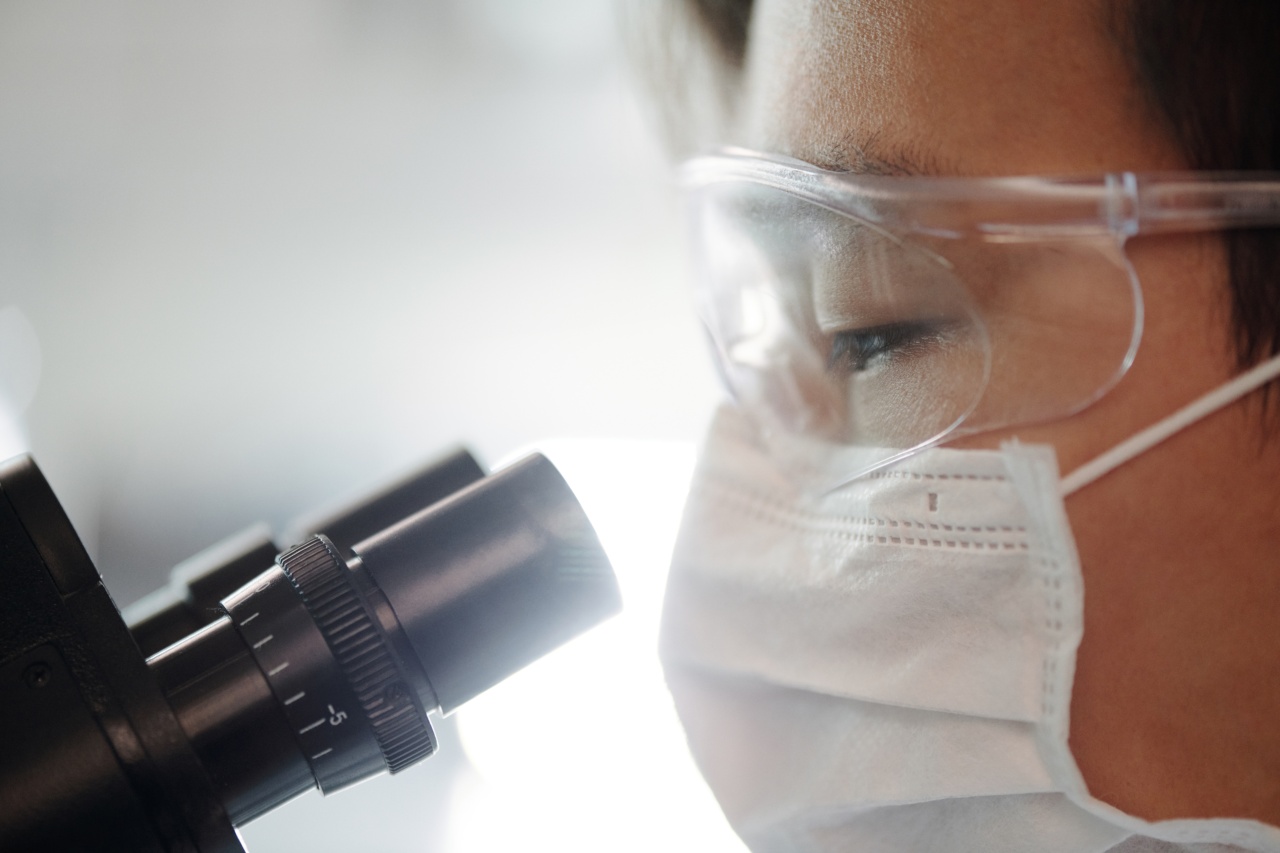Herpes simplex virus (HSV) is a common viral infection that affects both children and adults. It is highly contagious and can be transmitted through close contact with infected individuals.
In children, HSV infection can present with various symptoms and may require prompt diagnosis and treatment. This article will discuss the diagnosis and treatment of HSV in children, including the available options and preventive measures.
Diagnosis
Diagnosing HSV in children can be challenging as the symptoms may vary depending on the type of HSV infection. However, healthcare providers use several methods to diagnose the virus:.
1. Clinical Presentation
The initial step in diagnosing HSV in children is evaluating their signs and symptoms. HSV infections are classified into two types: HSV-1 and HSV-2. HSV-1 commonly causes oral herpes, while HSV-2 is usually associated with genital herpes.
However, both types can cause infections in either location.
2. Physical Examination
During a physical examination, healthcare providers look for characteristic signs of HSV infection. These may include painful blisters or sores on the lips, mouth, face, or genital area. The blisters often break, resulting in ulcers and scabs.
Lymph nodes in the affected area may also be swollen and tender.
3. Viral Culture
A viral culture involves collecting a sample from the sore or blister and sending it to a laboratory for analysis. The sample is then cultured to detect the presence of the HSV virus.
Viral cultures are most effective when performed within the first 48-72 hours of symptom onset.
4. Polymerase Chain Reaction (PCR) Test
PCR tests are highly sensitive and can detect even small amounts of the HSV virus in a sample. This test is commonly used when the viral culture results are inconclusive or when the culture samples were collected after the optimal time frame.
5. Blood Tests
Blood tests can help determine whether a child has been exposed to HSV, even in the absence of symptoms. Serologic tests measure the presence of antibodies against HSV in the blood, indicating a past or ongoing infection.
These tests can differentiate between HSV-1 and HSV-2 infections.
Treatment
The treatment of HSV in children aims to alleviate symptoms, shorten the duration of the infection, and prevent complications. The recommended treatment options include:.
1. Antiviral Medications
Antiviral medications are often prescribed to children with HSV infections, especially in cases of severe symptoms or recurrent outbreaks. The most commonly used antiviral drugs for HSV include acyclovir, valacyclovir, and famciclovir.
These medications work by inhibiting the replication of the virus.
2. Topical Antiviral Creams
For children with oral herpes or cold sores, topical antiviral creams can be beneficial. These creams, such as acyclovir or penciclovir, can be applied directly to the affected areas to reduce the severity and duration of the outbreak.
3. Pain Relief Medications
Over-the-counter pain relief medications, such as acetaminophen or ibuprofen, can be used to alleviate the pain and discomfort associated with HSV infections.
However, it is essential to follow the recommended dosage based on the child’s age and weight.
4. Hygiene Measures
Proper hygiene measures are crucial in managing and preventing the spread of HSV in children.
Encouraging children to wash their hands regularly, avoiding direct contact with blisters or sores, and refraining from sharing personal items like towels or utensils can help prevent the transmission of the virus.
5. Supportive Care
Supportive care plays an important role in the management of HSV in children. This includes providing adequate hydration and nutrition, ensuring rest, and promoting comfort during the healing process.
Maintaining a soothing environment and using mild, non-irritating products for cleansing can also aid in recovery.
Prevention
Preventing HSV infections in children involves implementing preventive measures to reduce the risk of transmission. These measures include:.
1. Vaccination
Currently, there is no vaccine available to prevent HSV infection. However, ongoing research aims to develop an effective vaccine to protect individuals, including children, from HSV-1 and HSV-2 infections.
2. Education and Awareness
Educating children and parents about the transmission and prevention of HSV can help reduce the incidence of infections.
Teaching children to practice good hygiene, such as proper handwashing, and avoiding close contact with individuals experiencing an outbreak can minimize the risk of contracting the virus.
3. Using Barrier Methods
When engaging in sexual activity, adolescents should be encouraged to use barrier methods, such as condoms or dental dams, to reduce the risk of genital herpes transmission.
It is important to discuss safe sexual practices with older children and teenagers to prevent HSV infection.
Conclusion
HSV infections in children can cause discomfort and distress, but with proper diagnosis and treatment, the symptoms can be managed effectively.
Early recognition of symptoms, along with appropriate antiviral therapy, can help shorten the duration of outbreaks and prevent complications. By implementing preventive measures and promoting education, the incidence of HSV infections in children can be reduced.
It is crucial for healthcare providers and parents to work together in diagnosing, treating, and preventing the spread of HSV in children.





























